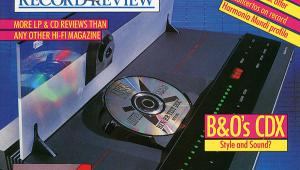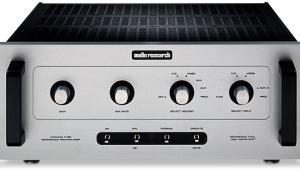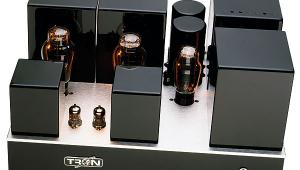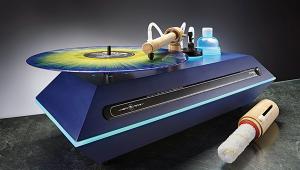CD: The story so far Page 3
Conclusion
In many ways this is an equivalent of the CD100/CD-63 Philips models. The compact SL-P7 provides a fast transport, with digital data readout and drawer-loading. It delivers a performance which is generally good, but in our view the sound quality is not particularly competitive. Perhaps the reader should make their own mind up after a good demonstration?
Technics SL-P8
Big brother to the SL-P7, the SL-P8 uses higher specification parts to give a marginally improved performance, and also boasts a host of additional facilities. These include infrared remote control as standard, a numeric keypad for the entry of track information and a headphone socket. Meanwhile, selected tracks are displayed on the fascia, together with track number, indexing and timing. Index and time points may be directly accessed, and the usual repeat, music-scan and timer-play facilities are included.
An interesting addition, not yet seen on other players, is a variable pitch control. This may at first seem improbable, as the digital circuits are designed for a precise quartz referenced timing. However, precisely because the signals are digitised, they may be digitally manipulated to give ±6% pitch variability. If you like to play along with recordings, this could be a valuable enough feature to outweigh all other considerations. Like the company's SL-P7, the SL-P8 is fitted with a 5-pole socket at the rear for the connection of future accessory equipment, though this is yet to be announced.
![]() Sound Quality
Sound Quality
Compared with the SL-P7, the SL-P8 offers a marginal improvement in sound quality, but this is still insufficient to match the present Sony CDP-101 standard. The '7 and '8 players were broadly similar, but the latter was a trifle 'sweeter' in tonal quality. A shortfall of stereo
depth, 'air' and general precision was also noticeable when compared with the Marantz player in this group. Technics has certainly improved its machines since the SL-P10, but the sound quality of the players is not yet in the front rank.
Conclusion
The Technics SL-P8 is extremely well equipped, offering versatile performance. By critical standards the sound quality is good though unexceptional. Price, facilities and sonic performance all need to be taken into account in assessing value, so the decision for the prospective customer may well depend on the value placed on sound quality per se and the importance that is attached to the variable pitch feature.
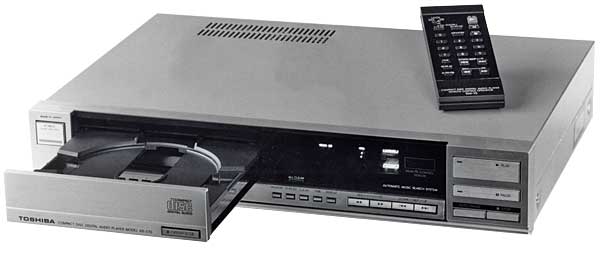
Toshiba XR-Z70
Undoubtedly a second generation model, the XR-Z70 offers better performance and improved facilities over the earlier XR-Z90. This slimline drawer-loader sports a silver front and comes with infrared remote control plus a wide range of features. The headphone socket has a level control that also adjusts the signal to one set of output sockets and a pair of fixed level outputs is provided too. Easy track selection and programming may be made and track number and indexing points may be accessed via a key pad; a fluorescent display indicates the various modes selected. The machine has rapid access to chosen tracks, operates fairly quietly, and no problems were encountered with the versatile remote control.
![]() Sound Quality
Sound Quality
Error correction was superior to the earlier model, but the sound quality was considered to be rather similar. Somewhat above average, it did not quite match the current Marantz CD-73 or Sony CDP-101 standards.
However, as CD goes, it was pretty good, with fine detail and articulation combined with solid, well-focused stereo soundstaging. Compared with best models there was a mild contraction of image depth, the bass was slightly 'softer', the mid a little 'harder' and more 'compressed', while the treble was slightly 'grainy' in quality.
Conclusion
This is an attractive player with a respectable performance and a particularly good package of facilities for the price. lt is worth auditioning and is possibly the best 'fully-loaded' machine currently available at the moderate suggested retail price of £389, which was given at the time of the review.


